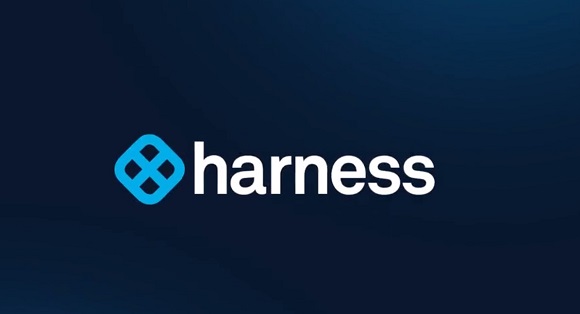Harness straps in for developer-first observability
Harness Inc. has announced the availability of Harness Continuous Error Tracking (CET).
This is a new module designed to provide developer-first observability for ‘modern applications’, by which the firm presumably means those with high compute requirements, those with colossal data flows, those with massively connected dependencies and API touchpoints and those with fashionable haircuts, right?
The company wants to enable developers to proactively identify and solve errors across the entire software delivery lifecycle (SDLC).
Harness CET offers a range of key benefits for developers, including reducing escaped defects, eliminating manual troubleshooting, and faster resolution of customer issues, allowing teams to find and fix issues in minutes instead of weeks, improving both developer and end-user satisfaction.
The suggestion here is that developers today spend up to 75% of their time debugging code. However, most observability solutions focus on production monitoring for Site Reliability Engineering (SRE) teams, leaving developers with limited visibility into application behavior during the development and deployment phases.
Harness CET is a developer-first observability solution, with end-to-end visibility that enables developers to observe errors, debug code and create quality gates in the Continuous Integration (CI) and Continuous Delivery (CD) stages. By correlating these errors with those observed in production, Harness CET enables developers to prioritise remediation efforts and ensure faster time-to-resolution.
This innovative approach empowers developers to deliver higher quality applications and significantly reduces the time and effort required for troubleshooting and debugging, making Harness CET an invaluable tool for any modern application development team.
“Our goal is to empower developers by providing a solution that addresses the pain points unmet by traditional error tracking and observability tools,” said Jyoti Bansal, CEO and co-founder of Harness. “Harness Continuous Error Tracking offers unparalleled visibility and context, enabling teams to quickly identify, diagnose, and resolve issues, ultimately ensuring a better experience for both developers and customers.”
Key features of Harness Continuous Error Tracking include Runtime Code Analysis – this enables developers to reproduce and resolve errors with complete context. By providing complete visibility into every exception’s source code, variables, and environment state, issues are routed directly to the right developer for faster resolution. With the ability to capture state across the entire call stack, Harness CET provides developers with full context of errors, including code variables and objects up to 10 levels deep into the heap.
Code Quality Gates
There are also Code Quality Gates to ensure that bad code is stopped from being promoted with quality gates in the CI/CD pipeline. Harness CET then creates guardrails to ensure only high-quality code advances. This prevents unreliable releases from being promoted to staging and production environments.
Release Stability allows developers to compare current or past releases to understand trends in new, critical, and resurfaced errors. This insight helps teams maintain release quality over time.
Harness CET integrates with monitoring solutions, such as AppDynamics, Dynatrace, DataDog, NewRelic and Splunk; it natively integrates into Harness build and deployment pipelines; it also integrates with other third-party CI/CD solutions; or can be used standalone.




